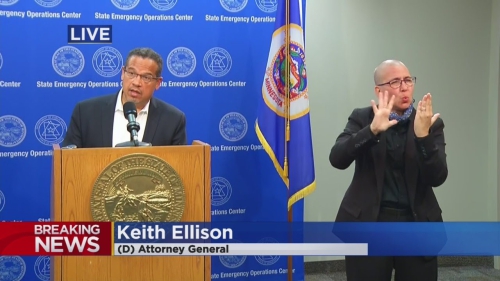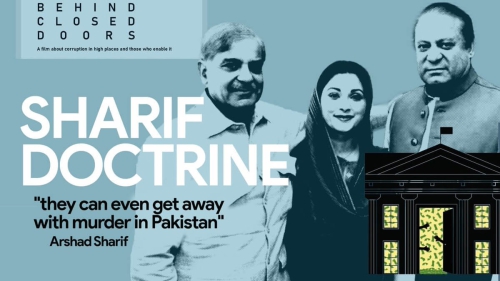Community in The Crosshairs
|
|
| Genevieve Huizar, third from left, the mother of Manuel Diaz, who was shot to death by Anaheim police, breaks down after a news conference in Santa Ana, Calif., July 25, 2012. (AP Photo) |
We wrecked Iraq, we pulled out, we redeployed in Anaheim.
This ain't working, guys - I mean, firing rubber bullets into anguished crowds, siccing attack dogs on moms and children. I mean, inventing enemies, going to war, unleashing state-of-the-art firepower in all directions and eventually losing, but not before we've inflicted maximum suffering on the innocent and magnified the original problem tenfold.
We lose every war we fight.
Another way to say that is: We exacerbate every problem we militarize. Indeed, militarization is as much a part of the problem - as much a threat to civilization - as, for instance, terrorism or drugs. And the recent, ongoing community uproar in Anaheim, Calif., over two police slayings of Latino males in one weekend - and the subsequent police reaction to that outrage - illustrates the terrifying ineffectiveness of a militarized, "us vs. them" approach to conflict.
"They just released the dog and I had my baby," a woman tells the TV news reporter, bursting into tears. "The dog scratched me with his teeth."
This was on July 21, in the immediate aftermath of the shooting of Manuel Diaz, age 25. He was unarmed. The takeout was so raw and shocking - he ran, the police fired, he lay on the ground dying as police pushed back witnesses and cordoned off the area with yellow tape - that a crowd gathered, horrified, and started screaming at police. Then the crowd became the problem.
The whole thing is Iraq or Afghanistan, but it's domestic. Poor, ethnic neighborhoods are the equivalent of Third or Fourth World nations. If there's a gang problem, treat every young male as an insurgent. Treat the rest of the community with suspicion and contempt. Treat everyone as the enemy.
The next day, the police fatally shot Joel Acevedo, age 21, also during a foot chase. He had fired at them during the chase, police said. A few days later, police shot at a burglary suspect, who was unhurt. That made seven "officer-involved" shootings in Anaheim, five of them fatal, so far in 2012. Most of the victims were Latino, and Anaheim's predominantly Latino community is calling it racism. Police spokesmen counter that the dead men were gangbangers. Diaz was known, for God's sake, as "Stomper."
What the Anaheim police don't acknowledge, apparently, is that that's irrelevant and that their job as peacekeepers isn't simply to take out "the enemy." Protecting a community is far more complex than that and demands, first of all, being part of that community, not keeping it in their crosshairs.
But the militarization of crime prevention has been a growing phenomenon in local police departments since the 1980s, when the Reagan administration began its war on drugs and seduced skeptical police departments across the country to clamber aboard with the lure of free military hardware.
"The transformation from 'community policing' to 'military policing' began in 1981," Michelle Alexander wrote in The New Jim Crow, "when President Reagan persuaded Congress to pass the Military Cooperation with Law Enforcement Act, which encouraged the military to give local, state and federal police access to military bases, intelligence, research, weaponry, and other equipment for drug interdiction."
Two decades later, in the wake of 9/11, the militarization of America's police intensified, when the Bush administration pulled local departments into the war on terror. "Now, police officers routinely walk the beat armed with assault rifles and garbed in black full-battle uniforms," Arthur Rizer and Joseph Hartman wrote last November in The Atlantic.
The most serious consequence of police militarization isn't "weapon inflation," they noted, but "the subtle evolution in the mentality of the 'men in blue' from 'peace officer' to soldier."
A police officer's mission is to keep the peace. "Soldiers, by contrast," they wrote, "are trained to identify people they encounter as belonging to one of two groups - the enemy and the non-enemy - and they often reach this decision while surrounded by a population that considers the soldier an occupying force. Once this identification is made, a soldier's mission is stark and simple: Kill the enemy. . . . Indeed, the Soldier's Creed declares, 'I stand ready to deploy, engage, and destroy the enemies of the United States of America in close combat.' This is a far cry from the peace officer's creed that expects its adherents 'to protect and serve.'"
As tensions wind tighter and tighter in our troubled nation, the last thing we need is domestic war departments occupying poor and working-class neighborhoods, violently aggravating those tensions and, while they're at it, stoking historic racism. The last thing we need is militarized quick fixes, which cause our troubles to metastasize.
*****
Robert Koehler is an award-winning, Chicago-based journalist and nationally syndicated writer. His new book, Courage Grows Strong at the Wound (Xenos Press) is now available. Contact him at koehlercwgmail.com or visit his website at commonwonders.com.
2012 TRIBUNE MEDIA SERVICES, INC.

















